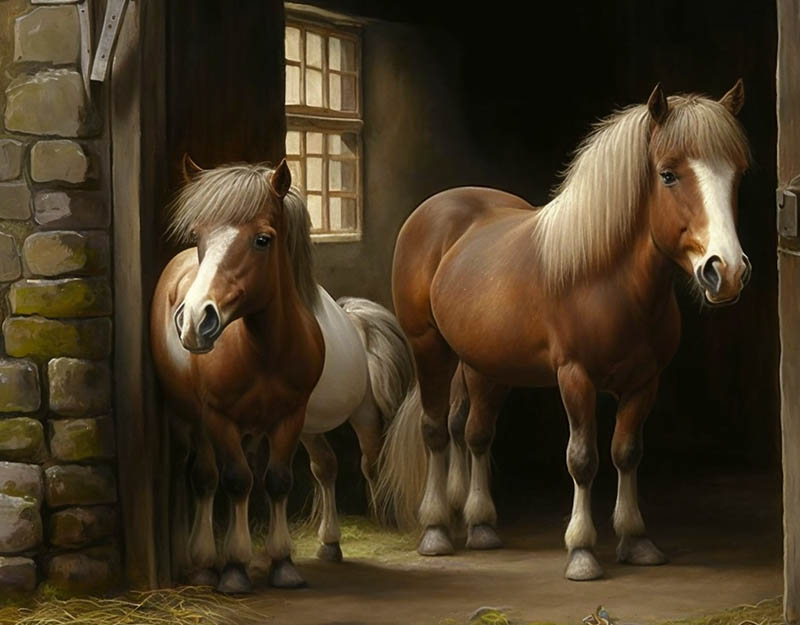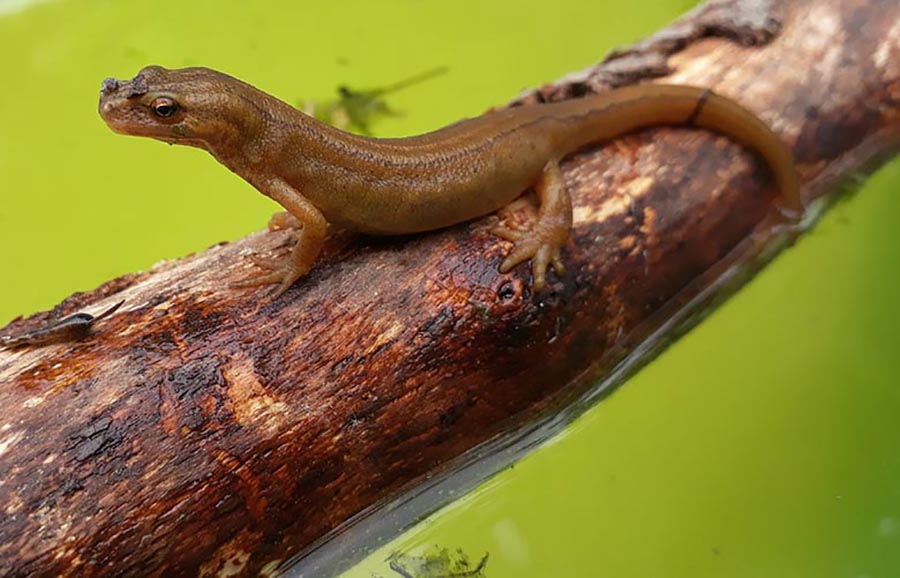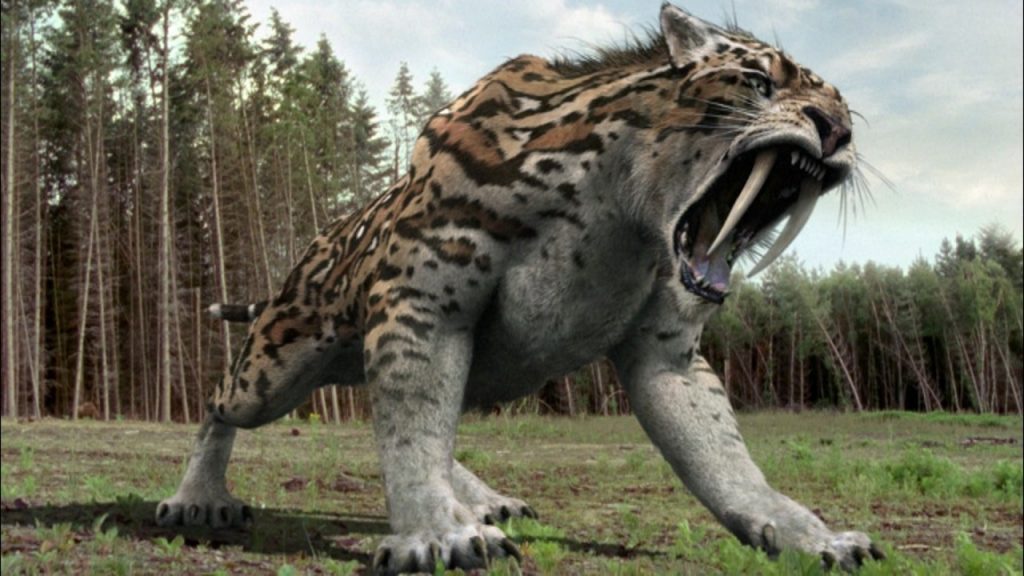The Highland ponies are a breed of small horses that are native to the Scottish Highlands. They are known for their resilience, strength, and intelligence. Here are ten interesting facts about the Highland ponies.
Versatile Breed
The Highland Pony is a versatile breed that can be used for riding, driving, packing, and light draft work. They are also popular for trekking and trail riding due to their sure-footedness.
Adaptable to Harsh Environments
These small horses are hardy and adaptable to harsh environments, making them an ideal breed for mountainous regions. Their thick coats and sturdy build allow them to thrive in cold and damp conditions.
Ancient Breed
The Highland Pony is an ancient breed that has been around for thousands of years. They were used by the Celts in Scotland for hunting, transportation, and warfare.
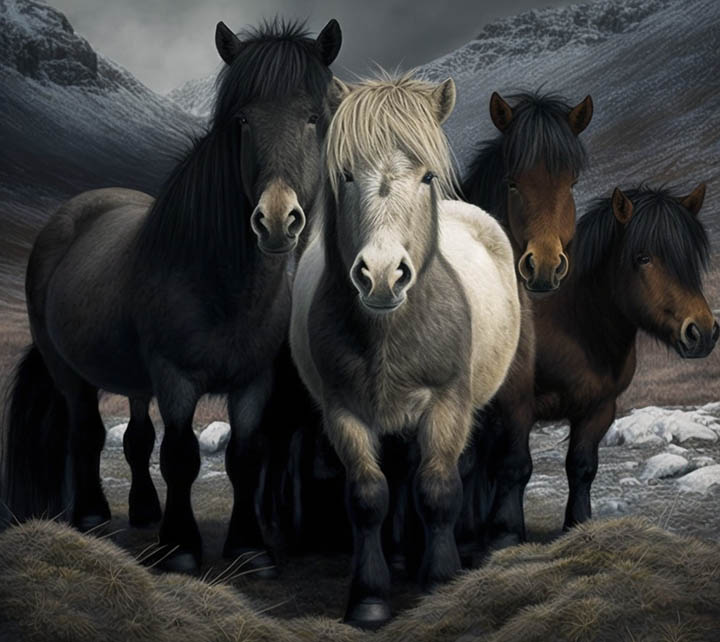
Strong and Athletic
Despite their small size, Highland Ponies are incredibly strong and athletic. They are known for their stamina, surefootedness, and ability to navigate rough terrain.
Endangered Status
The Highland Pony is a rare breed and is classified as “vulnerable” by the Rare Breeds Survival Trust. Efforts are underway to promote and protect this unique breed.
Friendly and Docile
Highland Ponies have a friendly and docile nature, making them an ideal breed for families and children. They are easy to handle and enjoy human interaction.
Low-Maintenance
Highland Ponies are low-maintenance and do not require much grooming or special care. Their thick coats protect them from the elements, and they are easy keepers.
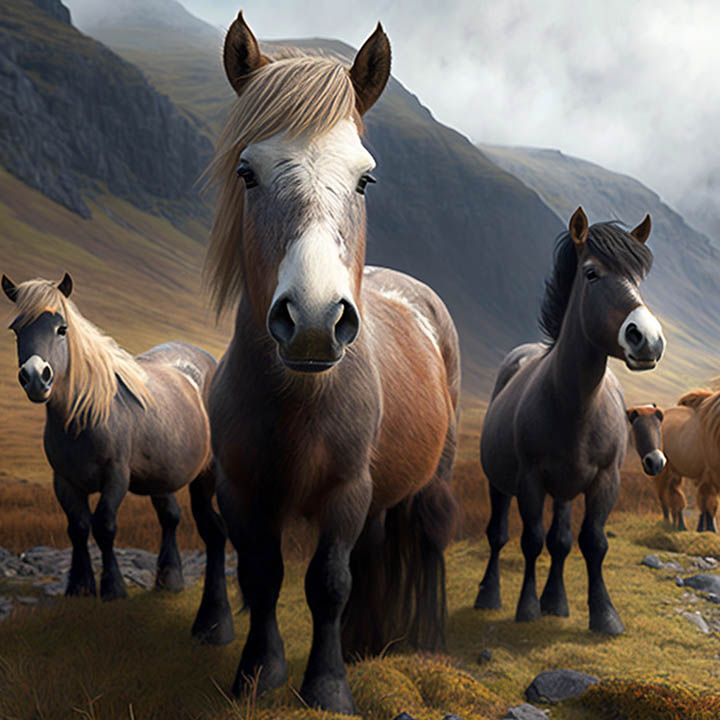
Breed Standards
The Highland Pony has strict breed standards to maintain its unique characteristics. These standards include their distinctive head shape, sturdy build, and thick coat.
Popular in Shows and Competitions
Highland Ponies are popular in shows and competitions, including dressage, driving, and endurance riding. They are also used for hunting, jumping, and cross-country events.
Cultural Significance
The Highland Pony is an integral part of Scottish culture and heritage. They have been featured in literature, art, and folklore, and are a symbol of the Scottish Highlands.
